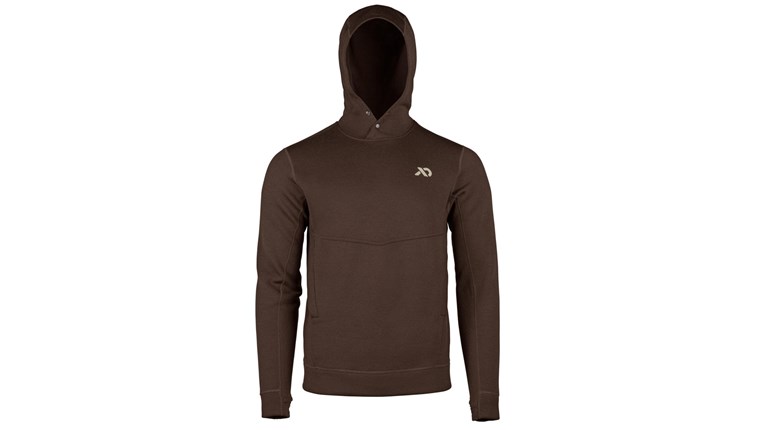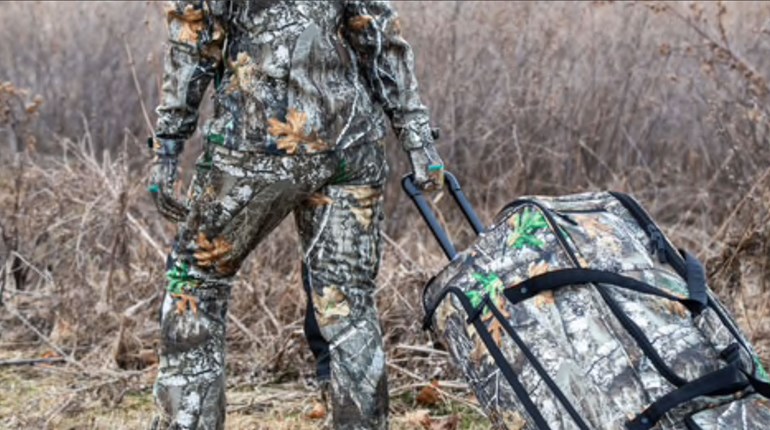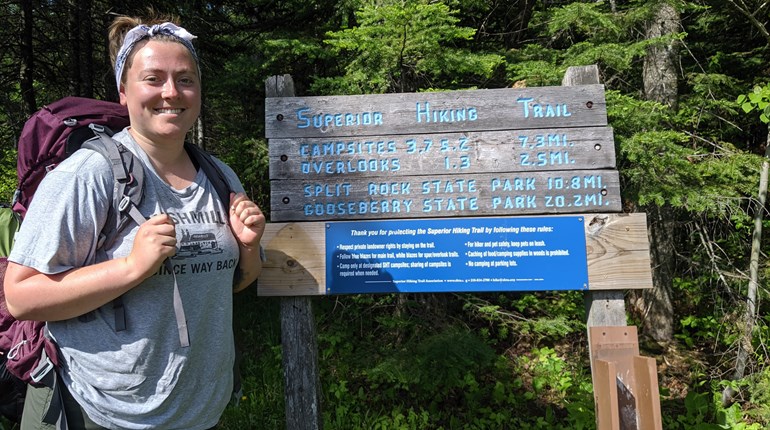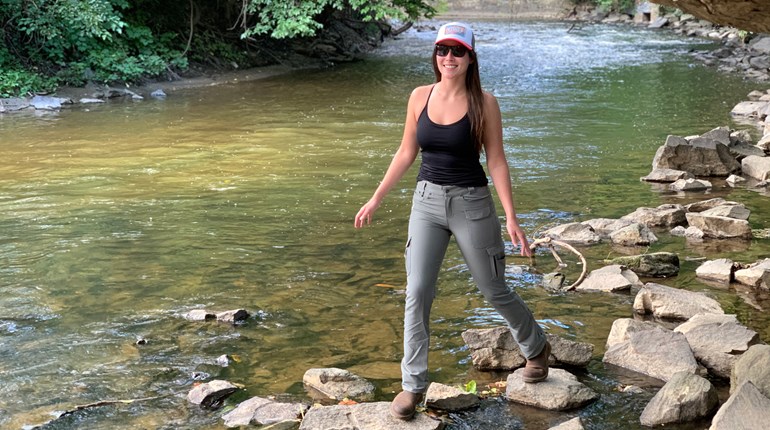
Today’s backpacking gear is lighter, stronger and more durable than ever. There’s not enough space to detail all of it here, but these are the basics.
■ Tent should be a three-season unit (waterproof and windproof) that weighs 3-5 pounds. There are lots of options, so research thoroughly. You must decide between free-standing or stake-out, floored or floorless, large vestibule or none, etc.
■ Insulating ground pad: Air mattresses are too cold, but an air/Ensolite pad combo like the Thermarest is a great option.
■ Lightweight nylon fly covers tent entrance, firewood pile, etc.
■ Sleeping bag should be rated to lowest temperature you anticipate. A 15-degree bag is about right through September in the Rockies; 0-degree bag is a good all-round; 1.5-3 pounds suffices.
■ Stoves burn liquid fuel or run off canisters of fuel, or they may burn wood (primarily or alternately). Backpack stoves are remarkably small, light and effective, but you must take time to use them, learn their fuel consumption and idiosyncrasies.
■ Spare fuel: You may need an extra canister or a bottle of liquid fuel sufficient for your time afield. You can campfire cook, but it can be time-consuming and nearly impossible in rain and snow. Some simple, wood-burning stoves work well and require only needles, twigs and pine cones to work.
■ Water bottles/bladders: Plan carefully based on available water where you’ll hunt.
■ Cooking pot, cup, spoon: Don’t waste space/weight with extra pans, forks, ladles, etc. Plan for simplicity. Heat water, hydrate food, eat. Clean with pine needles, sand. Use hunting knife as fork. A 1.5-quart, light pot is sufficient. Titanium cookware is fabulously light, but pricey.
■ Water may be purified with tablets or a filter pump, the best option. Boiling water wastes too much hunting time and fuel.
■ Basic medical kit and the knowledge to use it is imperative. First-aid skills are a big bonus. Think about pain pills, antibiotics, tape, antibiotic ointment, stomach pills, mole skin, etc. Ask your doctor for recommendations.
■ Food: Freeze-dried backpack meals are easy, but there are less expensive options at the supermarket. Experiment. You want food with minimum packaging, weight and cook time. Jerky is a good protein option and oatmeal a cheap, effective carb. You can hope to supplement with grouse, squirrels or hares shot afield, but sometimes you can’t find any. I’ve been known to fall ravenously upon a just-shot ram after five days of meatless dining. One pass over a candle flame is enough!
■ Tools: knife, compass, pliers/multi-tool, fire starter (Holland’s Lightning Strike is killer), parachute cord, headlamp and spare batteries. Choose between GPS and compass/maps. I prefer compass and map. It’s easier to view routes and landmass relationships on a map and it doesn’t run out of batteries.
■ Backpack carries all this. Internal frame is most comfortable (check out Mystery Ranch’s Metcalf). Exterior frame hauls more weight (i.e. packing out your game). Look for 4,000-7,000 cubic inches of internal space. Shop with pack weight in mind. Too many packs are overbuilt with fabrics thick and heavy enough to use as saddles. Adjustable, padded shoulder straps and hip belts, and a sternum strap are critical. Try before you buy.

































